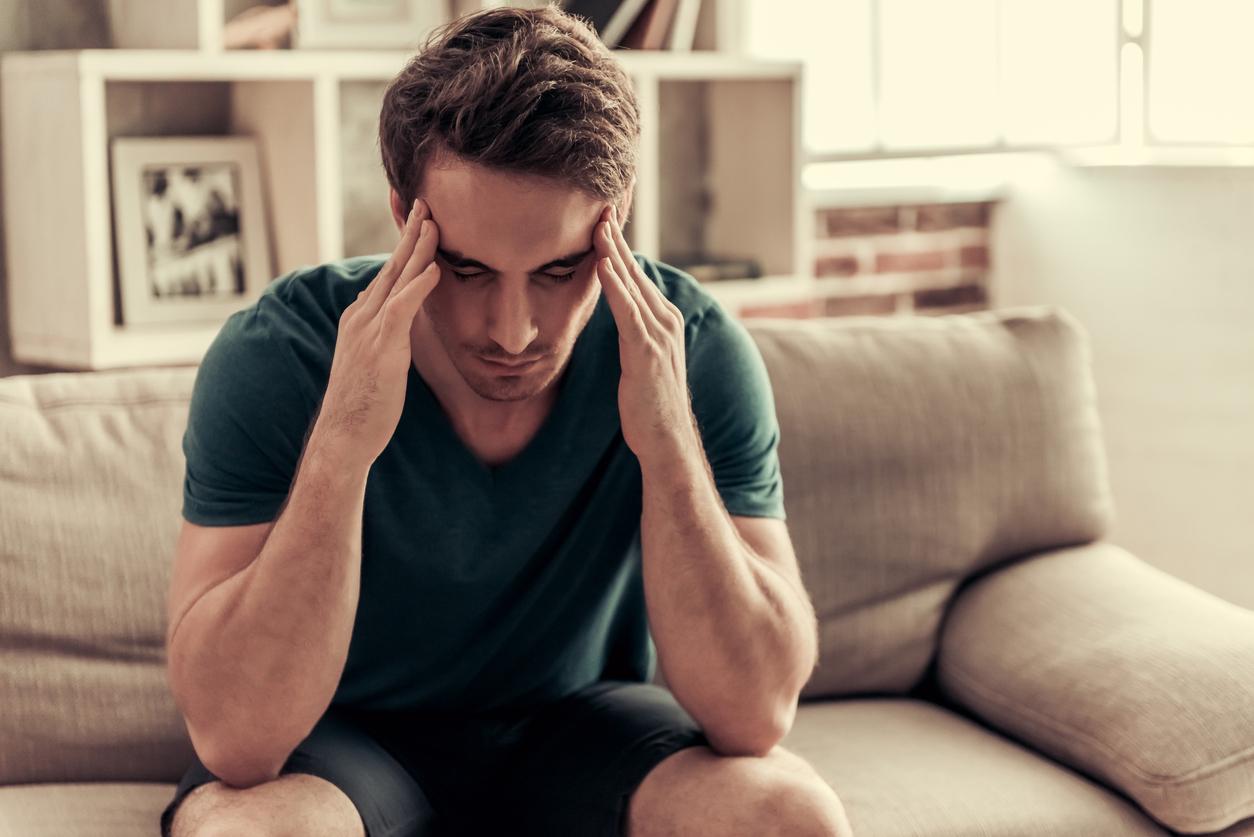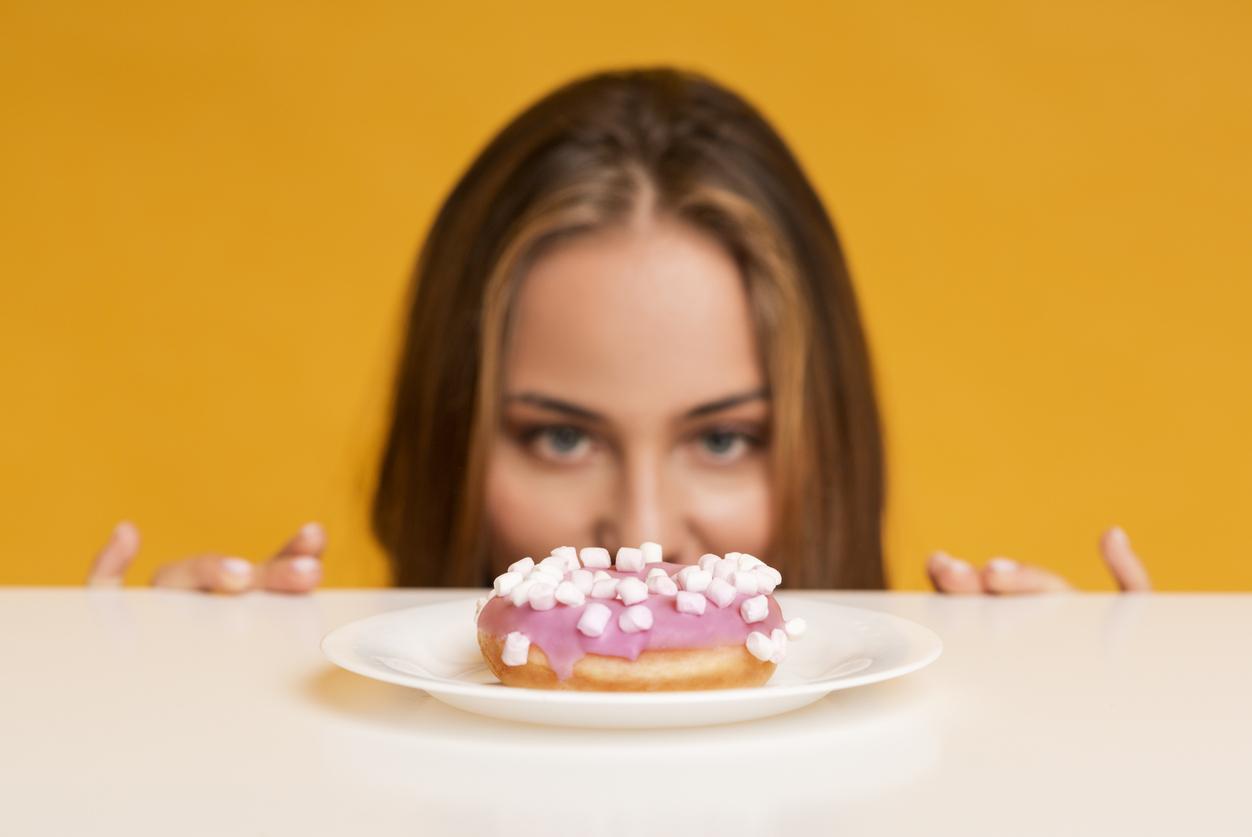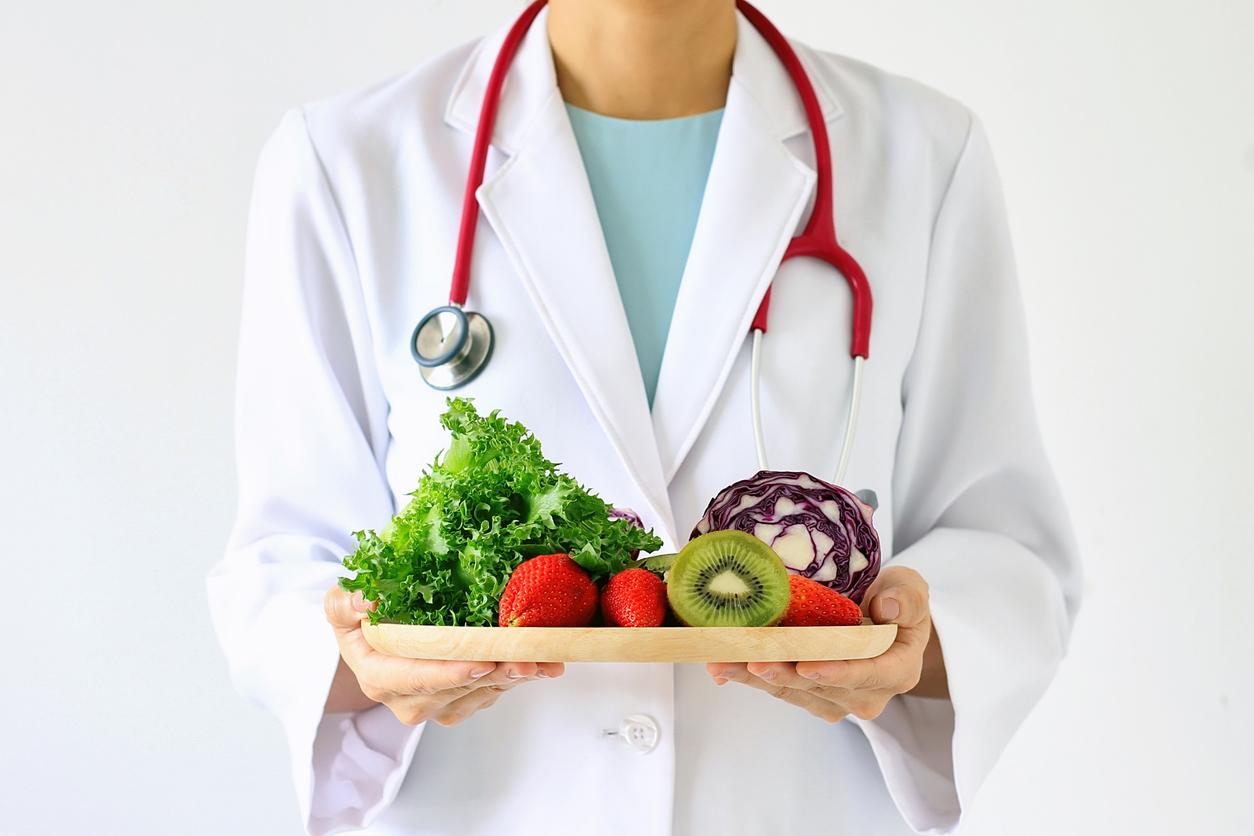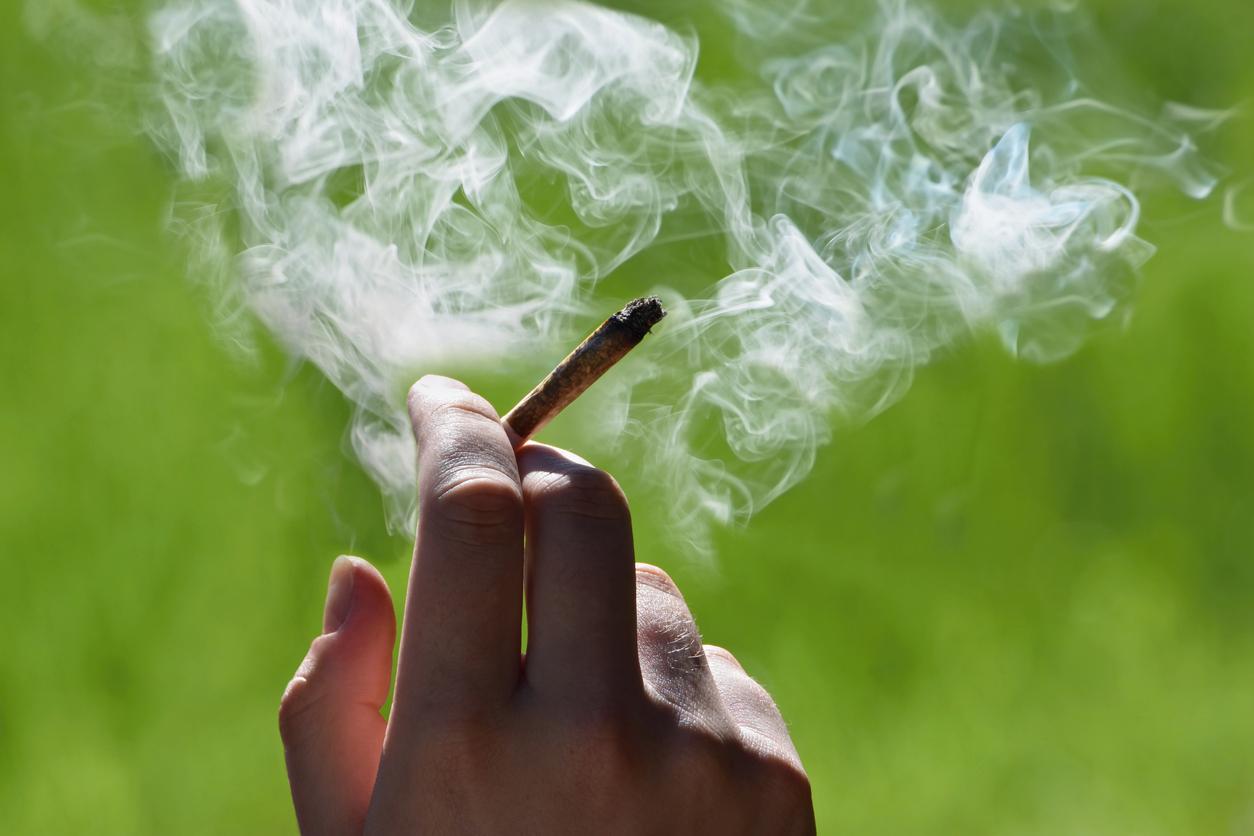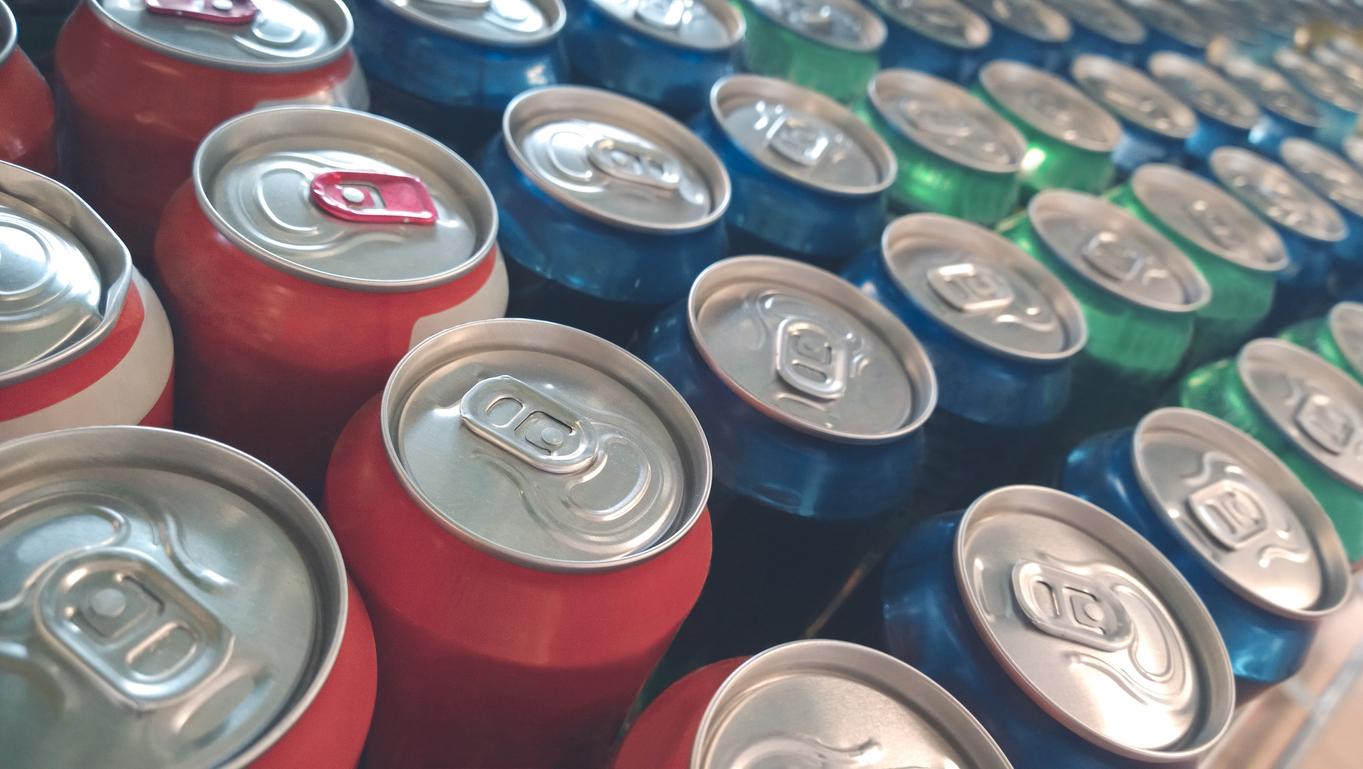From December, the sale of edible cannabis products will be authorized in Canada.
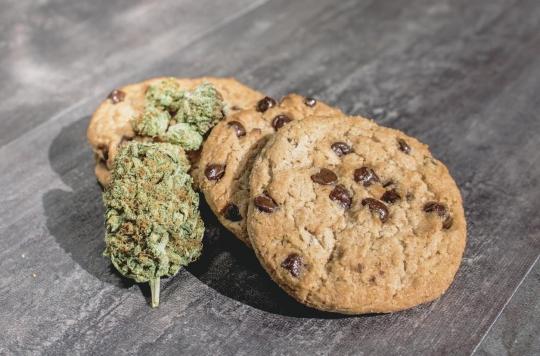
While France is considering the legalization of cannabis for therapeutic use, some countries such as Uruguay, the Netherlands, United States or Canada even allow it for recreational use. The Canadian government has also announced the legalization of the sale of edible cannabis products from December. They will be available online and in-store.
However, in order to limit the attractiveness of these products to young people, the authorities are forcing traders to adopt neutral and difficult-to-open packaging and will ban certain ingredients, dyes and perfumes. In addition, cannabis will be prohibited in products that may appeal to children such as candy and lollipops. Moreover, producers and distributors will not be able to promote possible health benefits or add cannabis to alcoholic beverages.
“The amended regulations are the next step to reduce the public health and safety risks associated with edible cannabis, cannabis extracts and cannabis (for dermatological use, editor’s note) and to supplant the illegal market for these products in Canada. “, said Bill Blair, Minister of Border Security and Organized Crime Reduction in a press release.
The effects of ingested cannabis much stronger than those of smoked cannabis
Thus, foods or drinks containing cannabis cannot contain more than 10 milligrams of THC, the main psychoactive substance of the plant. For cannabis extracts and products for dermatological use, the maximum dose may reach 1000 milligrams per package.
Despite this, Canadian health authorities recommend that new consumers (since the legalization of cannabis for recreational use last October, 600,000 Canadians have tried it for the first time) not to consume foods or drinks with more than 2.5 milligrams. of THC.
Because remember that the effects of ingested cannabis are much stronger than those of smoked cannabis and can easily make people who are not prepared sick. When you inhale cannabis in the form of smoke or vapour, the components are absorbed directly into the bloodstream through the lungs, which prevents the THC from passing through the liver and directs it directly to the brain, resulting in an instant effect. but less powerful. On the other hand, when you ingest cannabis in food or drink, it passes through the digestive system. During the absorption process, THC passes through the liver where it is converted into a more potent form. Thus, the normal form of THC, delta-9, is transformed into 11-hydroxy-THC, which crosses the blood-brain barrier with much more force.
What’s more, a person who ingests cannabis may have more risky behaviors than one who smokes it. “When you eat it (ed. cannabis), it takes at least an hour. A typical case is someone accustomed to smoking who eats a first brownie and, feeling nothing, eats another, then another, and when suddenly the effect occurs, the person is in a state of overdose”, explained Ian Culbert, the director of the Canadian Public Health Association (CPHA), to the media in 2017.
Even so, experts recommend favoring cannabis in edible form rather than smoking it. “Ideally, you should completely avoid burning the product and prefer edibles or other forms of consumption,” said Ian Culbert.
More than 9 out of 10 French people in favor of authorizing “therapeutic” cannabis in France
In France, it is the legalization of cannabis for therapeutic use which is currently under debate. A few months ago, the National Medicines Safety Agency (ANSM) declared itself in favor of the use of cannabis for therapeutic purposes on the sole condition that it be reserved for “patients in certain clinical situations and in the event of insufficient relief or poor tolerance of therapies, medicinal or not, accessible (and in particular specialties based on cannabis or available cannabinoids)”.
Then, during a trip to Creuse in April, Prime Minister Edouard Philippe declared that it would be “absurd” not to think about it. “There are many countries working on this, many countries that allow it. It would be absurd not to ask the question and it is in this spirit that we want to work with the project leaders”, a- he thus said in front of the local elected officials. Because the Creuse eventually plans to create a “therapeutic hemp sector”, led by the president of Grand Guéret Éric Corréia, also a nurse anesthetist trained in the management of pain.
A project no doubt approved by many French people since, according to a recent survey by the OFDT (French Observatory of Drugs and Drug Addiction), more than 9 out of 10 people are in favor of authorizing “therapeutic” cannabis to treat certain illnesses. And if 54% of respondents are opposed to the legalization of this drug, when asked about a regulatory model, 61% say they are in favor of its free sale.
.



